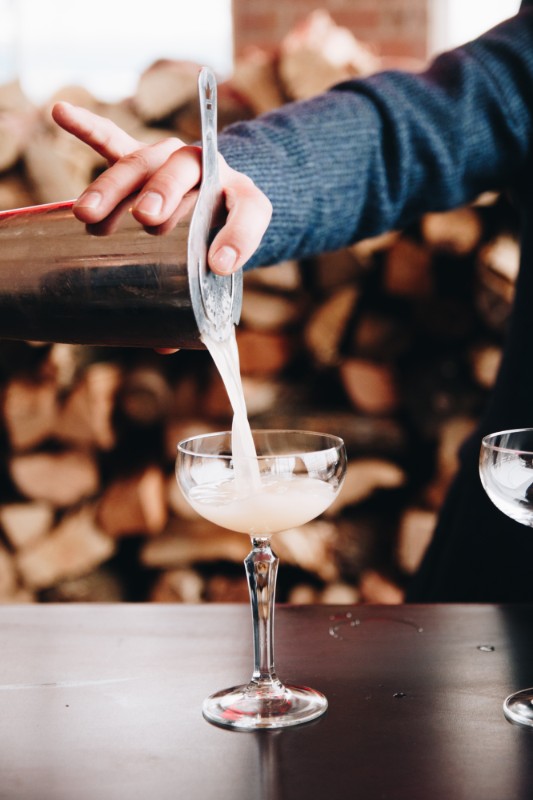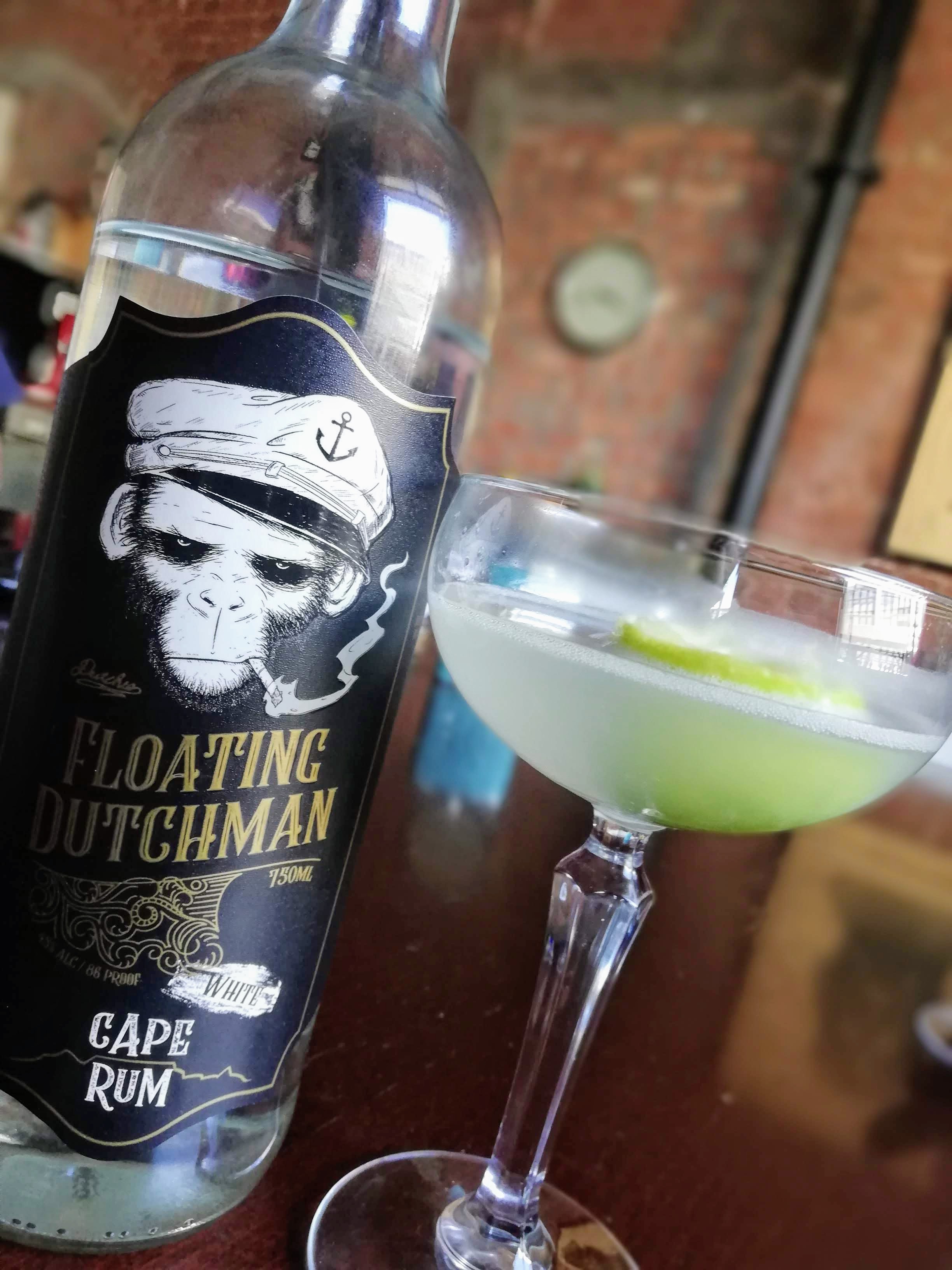I found myself browsing some historically forgotten cocktails the other day and came across a list of drinks deemed “The Most Underrated Cocktails”. A list compiled of elixirs, who for no other reason, but that they were no longer popular in a time where the evolution of the drinks culture as we know it today was on a rapid rise.
Not true, I found myself thinking. Perhaps a certain drink was no longer popular because the required ingredients were not easy to come by, or perhaps readily available at the costs of an arm and a leg?
A Caribbean libation, shaken with Blanco Rum, lime and sugar; said to be rationed to naval staff to prevent scurvy; was the one drink which stood out for me. A sad realization that such an easily assembled life altering thirst quencher would be left to rest-in-peace.
A gentleman by the name of David A Embury, listed the Daiquiri in The Fine Art of Mixing Drinks, as one of The Six Basic Drinks. First published in 1948, the collection included variations of each of the ‘basic drinks’.
Embury’s preferred recipe, extracted from the 2008 print of The Fine Art of Mixing Drinks [new Rev. ed.]:
Ingredients
- 8 Parts White Cuban Rum
- 2 Parts Lime Juice
- 1 Part Simple Syrup
Instructions
- Shake with lots of finely crushed ice and strain well into a chilled cocktail glass.
The Classic Daiquiri is rumoured to have been brought to America by a few historical characters. An American engineer who was in Cuba during the Spanish-American War (1898); Jennings Cox. A US Congressman, by the name of William A Chanler, who purchased Irons Mines in Cuba and later introduced the libation to clubs in New York in 1902. Or perhaps it was the Admiral, Edward Vernon – who was said to sober up the navy – when daily rum rations were diluted with lime juice and water in 1740.

I reminisce on windy days spent at a rooftop venue in the Waterfront, where a bunch of highly esteemed members of the Cape Town bar fraternity challenged each other to a ‘Shake Off’ after coordinating a four-man (or woman) Shotzki. A festive experience, with a level of comradery which allows fellow bar-folk to ridicule your best attempt to hastily prepare and serve a drinkable daiquiri. A few ‘guidelines’ were predetermined and agreed too by participants, such as the number of times each participating drink had to be shaken for or that granulated sugar would to replace the simple syrup to increase difficulty.
Rum as a culture, which is said to be the next craze amongst drinks enthusiasts, is yet to reach the stage of adolescence. For me, as for many, the extent of rum knowledge was confined to Spiced Gold and Coke – known to some as the Boksburg Cappuccino. In a drinks-conscience society, consumers are actually interested in what they are drinking, if it is sustainable, friendly towards the environment and most importantly, if it’s worthy to be featured on your Instagram timeline. Better so, if the very existence of the drink and your possession thereof will force envy on your followers.

“Local drinks culture is heading towards a rum trend, even though we are very much still in the midst of the Gin Craze. For the first time ever, you can get your hands on a decent sipping rum and local producers have gotten on the bandwagon. We are still a few years away from decently aged rums, but the future looks promising”- Manie Potgieter, owner of Roeland Liquors, ways in on the apparent rum-craze.
Local rum producers seem to have popped up over the last year, as the number of contributors to the local rum market increase. We are exposed to expressions of craft rums which have South African flavours, like fynbos.

I asked Manie about some local producers, availability of their product(s) and how his frequent shoppers have reacted to having options in the Local Rum category. He is of the opinion that the popularity of rum is on the up, as trendsetting millennials are curious about Rum and its ability to create festivity.
“People are curious about local craft rum, they browse over our selection and follow advertising campaigns, but are price sensitive when selecting a product good enough for sipping”, Manie adds.
What could be said about the Daiquiri for certain is that the frozen syrup-forward variation thereof was developed over its brief popularity amongst Americans, to curb the craving for tropical drinks which showed off the technology of the time. Another variation; The Hemingway Daiquiri, named by its creator for his namesake, who was said to be a diabetic. Upon his instruction, a faceless bar server at El Floridita took up instruction in replacing the sugar with Grapefruit Juice and doubling the amount of rum in his Daiquiri.
Fellow drinks enthusiast and everyone’s main ‘tief’; Sabrina Traubner shares her passion by dedicating her time to training newcomers to the industry. Before recently stepping into the role of a freelancer, Sabrina was the Head Trainer at Thirst Bar Services and was also in charge of cocktail development. Her charismatic and ‘carefree’ approach helps her to adjust to almost any situation, she says. I asked her how to make the perfect Classic Daiquiri:

“First things first, you need 50ml of great quality white Rum, 25ml of the freshly pressed lime juice and three to four bar spoons of caster sugar”. She expressed the importance of the freshness of the limes, as well as tasting it before to determine the amount of sugar you might require.
What are you waiting for? Get a few friends together with a bottle of Blanco Rum, a few fresh limes and some simple syrup and beat the summer heat pool-side!



